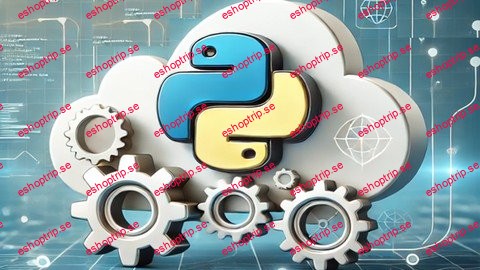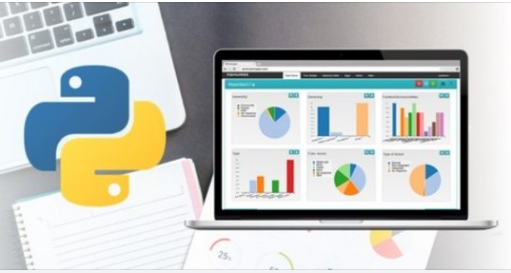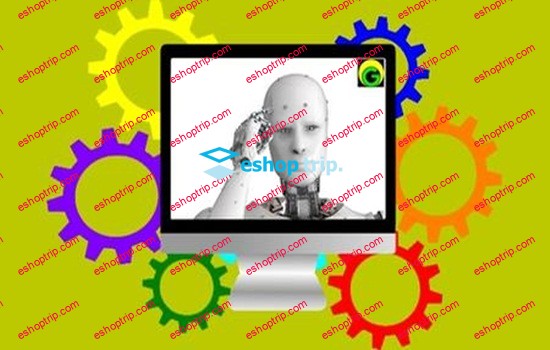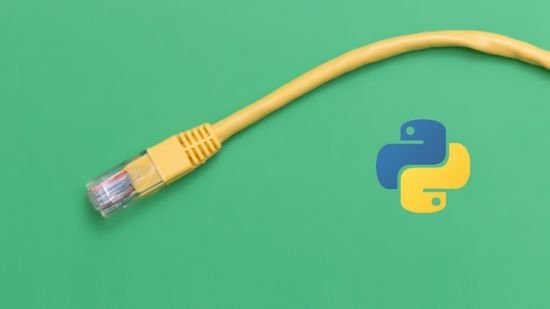Published 10/2024
Created by Tharun Bonampudi
MP4 | Video: h264, 1280×720 | Audio: AAC, 44.1 KHz, 2 Ch
Genre: eLearning | Language: English | Duration: 8 Lectures ( 54m ) | Size: 590 MB
Master how to build Python Microservices with their best practices!
What you’ll learn
Learn basics and advanced concepts of Python Microservices
Learn best practices of Python Microservices
Learn python development, deployment, scaling, and management
Learn Python microservices architecture
Requirements
You need to be interested in learning Python Microservices
Description
Python microservices represent a modern software architectural approach that breaks down monolithic applications into smaller, self-contained, and loosely coupled services. Each microservice is designed to perform a specific function, and they collectively work together to form a larger, more complex application. This architecture contrasts with traditional monolithic systems, where all components are tightly integrated into a single codebase. Microservices typically communicate with each other through APIs, often using lightweight protocols like HTTP/REST or message brokers like RabbitMQ or Kafka for asynchronous communication. This decoupled nature allows services to be written in different languages, though Python is frequently chosen for its robust ecosystem and ease of use.In Python microservices, each service is responsible for its own lifecycle, including development, deployment, scaling, and management. This allows teams to work on different services independently, enabling faster development cycles and more flexible updates. One of Python’s key advantages in microservices architecture is its simplicity and readability, making it easy for developers to quickly write, understand, and maintain code. Additionally, Python offers a wide range of frameworks and tools that support microservice development, such as Flask, FastAPI, and Django REST Framework.Python microservices offer a flexible, scalable, and efficient way to build complex applications by breaking them into smaller, manageable components. While this approach requires more attention to infrastructure and management, the advantages of faster deployment, fault tolerance, and scalability make it a popular choice for modern software development.
Who this course is for
This course is for those wanting to learn Python Microservices
https://anonymz.com/?https://www.udemy.com/course/microservices-from-basics-to-advanced/










